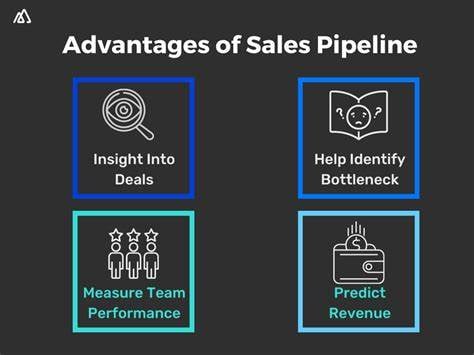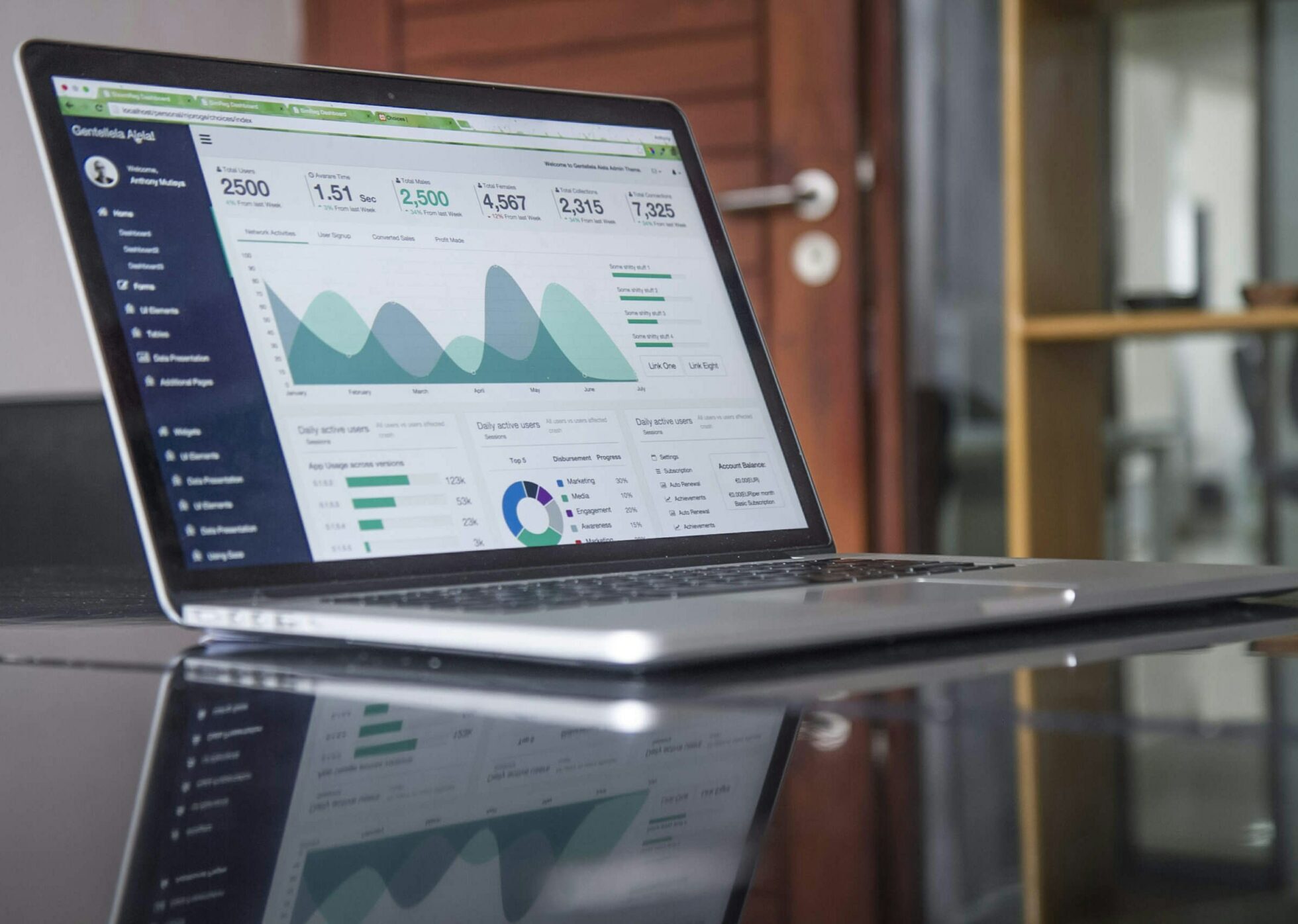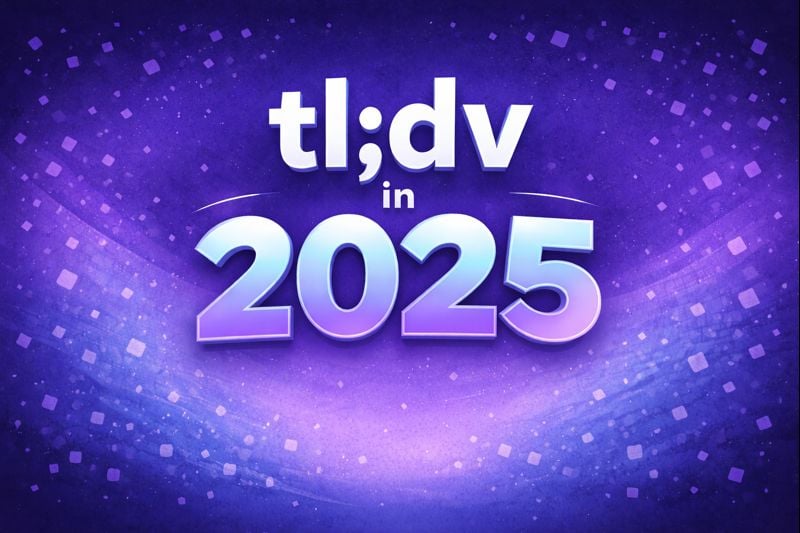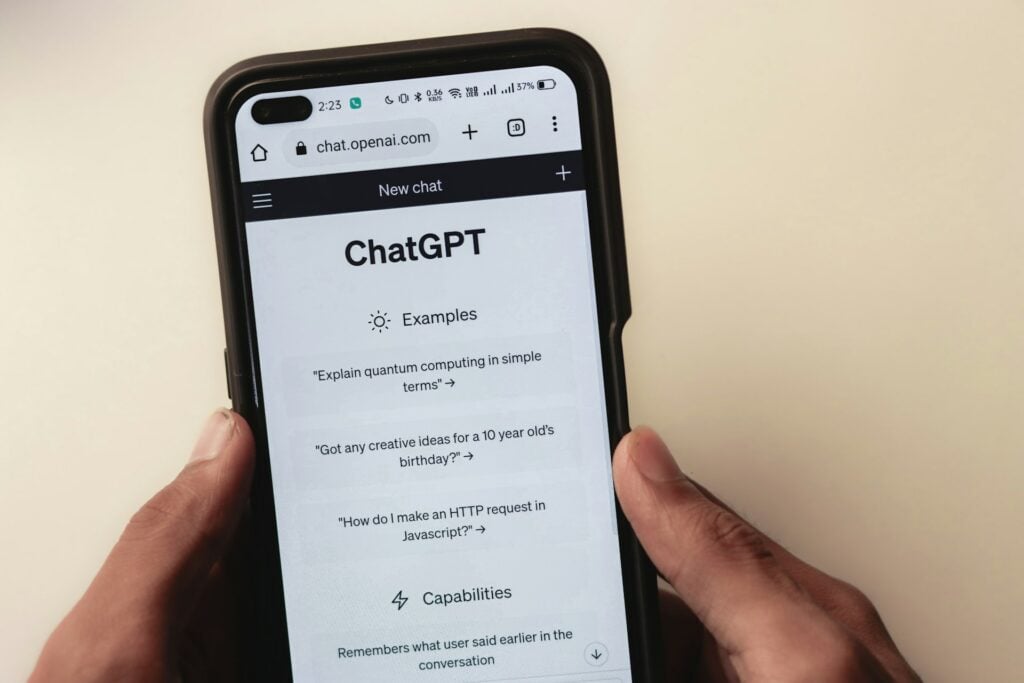With the use of sales forecasting methods, sales management can predict your business’s future sales performance and make data-driven decisions to adjust your goals and further your business strategy. It’s a great tool to have in your arsenal.
Sales forecasting should be at the forefront of any business. When you have an understanding of future demand and you can predict buying patterns, it allows your sales team to adapt and evolve to shifts in the market more quickly. Put simply, it gives you the upper hand over your competitors.
There are several sales forecasting methods and models that can help you analyze historical data in moments, giving you the edge in your niche. If applied correctly, these will help you make informed decisions regarding marketing, resource allocation, and future strategies.
In this article, we’ll delve deeper into the top six sales forecasting methods and let you decide which one applies to you and your organization. Without further ado…
1. Historical Sales Data Analysis
Historical forecasting is a relatively straightforward concept. By looking into the past and using previous sales data, you can predict your future sales forecast. It’s one of the most common forms of forecasting. Below is a video to explain how to analyze historical data.
When you analyze previous sales figures, you might start to notice patterns that caused problems in the past. This gives you the chance to anticipate a problem before it happens again.
If you would describe your business as stable, this particular sales forecasting method might be suited to you. If you’re boasting stable sales patterns and consistency from the past, projections will be a hell of a lot easier.
As it follows a consistent pattern, historical data forecasting may be more difficult to predict longer-term predictions, although it makes for a reliable forecasting method for the immediate future. Also, as forecasting is just a form of data prediction, reduced spending will be made on forecasting but you’ll still have the most valuable insights into what’s around the corner.
Forecasting using historical sales data is, however, limited. Without using other sales forecasting methods, you cannot predict factors that are out of your control. History doesn’t repeat, but it often rhymes. Be careful not to become over-reliant on historical figures to project future sales as you may get stuck in a rut during an unprecedented time.
Advantages of Historical Data Analysis
- Fairly reliable. Insight into sales patterns from the past allows your business to identify trends for future forecasting.
- Easy to obtain. Gathering sales data is easy so it’s a readily available method of forecasting.
- Realistic targets. Your targets will be more realistic because you’ll be creating forecasts based on previous sales.
Disadvantages
- May be inaccurate. Markets rapidly evolve and past sales may not be an accurate representation of future sales.
- Lacks context. Historical sales forecasting lacks context, which makes it harder to account for external factors that could affect the forecasting model.
2. Regression Forecasting Analysis
The regression forecasting model is a complex but powerful forecasting tool that helps you analyze the relationship between data points so that you can use one variable to predict the other. For example, if you naturally close more deals on a Tuesday, it will help you plan for it in future weeks.
Below is a great two-minute video to explain regression forecasting (or linear regression) in more detail.
Linear regression is a statistical model which estimates predictions using a mathematical formula. This particular sales forecasting method is flexible and caters to various sales forecasting situations. Factors such as current market trends or customer behavior are looked at over a period of time, correlated with sales, and then analyzed to forecast for the future.
Regression forecasting is a complex process, though. It requires technical software and statistical know-how to start analyzing trends in order to predict future sales. It also requires a high amount of data input to get accurate predictions. Like with all statistics, if the data is too thin, you run the risk of inaccuracy when it comes to using it as a sales forecasting method.
However, when used correctly, it helps businesses get a better understanding of how their team is performing.
Some advantages and disadvantages of regression forecasting are as follows:
Advantages of Regression Forecasting
- Analyze the relationship between data points. Using regression forecasting, you can analyze the relationship between data points to predict future sales.
- Can be very accurate. When using large amounts of data, regression forecasting can be highly accurate. There will always be anomalies, but it can be quite reliable.
- Flexible. Regression forecasting models can use all kinds of data, making it flexible and easy to adapt.
Disadvantages of Regression Forecasting
- Not all relationships are linear. Regression forecasting analysis assumes a linear relationship between variables, but this isn’t always the case. If used carelessly, it can cause inaccurate data to be included in forecasts.
- The model is only as good as the data. As regression forecasting relies on historical data, if that data is inaccurate it can cause your predictions to be unreliable.
3. Sales Pipeline Analysis
Sales pipeline analysis is all about understanding the journey your prospect takes from the initial contact all the way to the purchase. If you regularly analyze your sales pipeline, you get a physical representation of your sales process so you can quickly and easily identify sticky patches.
Using this method can help you figure out how many follow-up calls it usually takes to get a “Yes”, for instance. 80% of sales require 5 follow-ups or more, though it can vary from business to business. That’s why one of the best sales forecasting methods is to learn your own sales pipeline like the back of your hand.
Below, you can see the four primary advantages of a sales pipeline.

Keeping a watchful eye over the health of your pipeline helps you drive your business forward by identifying areas to improve sales. It also gives you a better insight into how your sales team is performing as a whole, enabling you to identify and address weaknesses before they become a problem.
Advantages of Sales Pipeline Analysis
- Deeper insight into deals. You get a look into each stage in the sales process, where you can mine for deeper insights in regards to past deals.
- Identify bottlenecks. If a large number of your prospects are getting stuck in the same part of the sales funnel, it makes it easy to spot where you need to improve.
- Strategic planning. Sales pipeline forecasting gives you the ability to plan your strategies better as you will have a deeper understanding of where to allocate resources.
Disadvantages of Sales Pipeline Analysis
- Requires lots of data. Sales pipeline forecasting requires sales reps to log data accurately and consistently. If this isn’t kept up to date, the reliability of the forecasting model will be at stake. CRM platforms can help automate a lot of these tasks on your behalf.
4. Opportunity Stage Forecasting
Opportunity stage forecasting is a little bit similar to sales pipeline analysis. In fact, it’s basically breaking the pipeline up into sections and working out the likelihood of closing a deal at each stage in the pipeline.
We’ve left an infographic below to demonstrate the concept a little more clearly. You can set custom stages if you prefer, but make sure they are clear to your entire team from the get-go.

The idea is that the further down the pipeline you go, the more likely you are to close the deal. By calculating the percentages, you can work out where to focus your time, energy, and resources. It might be that your contract stage has a lower percentage than you’d like. It might be a sign that your team needs to work more on closing deals.
Advantages of Opportunity Stage Forecasting
- Sharpened focus. Opportunity stage forecasting allows you and your team to focus on key moments during a sale, ensuring your attention is on closing the deal.
- Good overview. By analyzing each individual stage of a sale, you mitigate the risk of problems occurring.
- Avoid bottlenecks. Like the previous sales forecasting method, opportunity stage forecasting allows you to identify and address bottlenecks to free up movement through the sales pipeline.
Disadvantages of Opportunity Stage Forecasting
- The stages are subjective. It’s a subjective forecasting method. You and your sales team may have contrasting interpretations of what each stage represents. To counter this, be explicitly clear about how you’re identifying each stage from the very beginning.
- Not great for long-term predictions. It’s hard to predict with certainty over a long period of time. This method needs to be performed regularly for it to have an impact.
- Time-consuming. Analyzing individual sales stages can be quite time-consuming.
5. Customer Lifetime Value Forecasting
Your customer lifetime value is one of the most important metrics to focus on to sustain success in sales. A CLV is the amount of monetary value a customer will bring to your company during their entire customer lifecycle. You can think of it as the total net profit from a single customer relationship.
To calculate a CLV, you need to multiply the customer value by the average customer lifespan. How much you spend on acquiring customers also matters as that can eat into profits.

Retaining high-value customers is key to success. And it costs up to five times less than acquiring new ones. By predicting how much profit each customer will generate, you’ll get a long-term perspective on each customer’s value, knowing who to prioritize and change your sales approach for. Furthermore, prioritizing customers can lead to boosted customer satisfaction.
CLV is a handy metric to have, but be aware of the complexity of data required to forecast accurately. You’ll need to maintain up-to-date purchase history for all your customers, though this shouldn’t be anything mind-boggling in today’s world of CRMs and other automation tools.
Also, don’t let CLV be a hindrance. Just because your customer is currently paying X for your service, it doesn’t mean they won’t upgrade when it comes time to renew (if they’re paying a subscription). Check out the customer success playbook for ways to upsell and cross-sell.
Advantages of Customer Lifetime Value Forecasting
- Resource allocation. CLV gives you insights to make long-term strategic decisions. Allocating resources is one example.
- Customer retention. CLV focuses on the retention of customers, helping you focus on customer success.
- Acquire high-value customers. It helps you focus on acquiring high-value customers who have a high potential lifetime value.
Disadvantages of Customer Lifetime Value Forecasting
- Data can be unreliable. It’s not always feasible to assume that a customer will continue paying the same amount they are right now for their entire lifecycle.
6. Expert Judgment Sales Forecasting
Also known as the Delphi Method, expert judgment is one of the simplest sales forecasting methods known to man. Simply hire experts in analytics to make the forecast for you.
Gather a group of experts to answer questions about your clearly defined problem. After each round, analyze the responses and create another batch of questions. This can be rinsed and repeated until a satisfying course of action begins to take shape.
Developed in the 1950s by the RAND Corporation, Delphi Method was a significant forecasting method and has been adapted to be used in every industry. The fact it’s an anonymous survey immediately removes any bias, encouraging a more honest response. The group of industry experts, all from diverse backgrounds, gives you a more comprehensive and well-rounded perspective on your forecasting issue.
As expert sales forecasting continues until a consensus has been reached, there’s no doubt that you get a sharper assessment, which should in turn make your forecast a lot more accurate. It also lets the experts pick apart each other’s answers, helping you get down to the crux of it all without lifting a finger.
However, it can be time-consuming with all the back and forth that has to go on. It’s also a very real possibility that the experts simply won’t come to a consensus, leaving you with little-to-no valuable information.
If this sounds too long, you can always adjust it a bit…
“The Delphi method has worked well in many situations, but it can be challenging to implement. A simpler version, mini-Delphi, can be deployed within a single meeting. Also called estimate-talk-estimate, it requires participants first to produce separate (and silent) estimates, then to explain and justify them, and finally to make a new estimate in response to the estimates and explanations of others. The consensus judgment is the average of the individual estimates obtained in that second round.”
Daniel Kahneman, Author of 'Noise: A Flaw in Human Judgment' Tweet
Although the anonymity with the Delphi Method should remove bias, there will always be a certain level of bias, especially when sourcing experts in the first place. This could then cause the accuracy of the forecasting to go astray. Expert opinions could also put other members of the group under pressure to side with them, whether that’s intentional or not. These are just a few things to watch out for if you go down this route.
Advantages of Expert Judgment
- Expert knowledge. Using this method requires experts who have tons of knowledge and experience, which enables them to make the best decisions.
- Adaptable. Expert forecasting is a flexible concept and can be adapted to new information or changing scenarios quickly.
Disadvantages of Expert Judgment
- Potential bias. Expert opinions may not be flexible. This increases the chance of making a biased decision, leading to an inaccurate forecast.
- Mostly opinions. There isn’t much in-depth statistical data involved so forecasting predictions can be limited.
- Failure to come to a consensus. It’s possible that the experts just don’t agree, leaving you with nothing but a lost day.
Which Sales Forecasting Methods Will You Use?
Having looked at a variety of sales forecasting methods, you can go away and predict your future revenue more accurately. Whether you’re looking for cost-efficiency, time-efficiency, or industry-leading guidance, there are sales forecasting methods you can use to help you achieve your goals.
It all depends on the size and complexity of your business too. A large business may not be satisfied with a simple historical sales data analysis, while a small start-up might not benefit from a CLV if the business is not yet well-established.
Just remember, you’re not being forced to use any specific sales forecasting method. Use what works for your business, customers, and industry. Leave what doesn’t.









